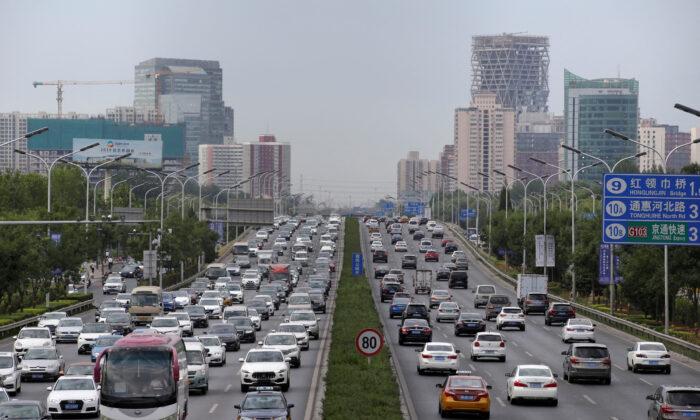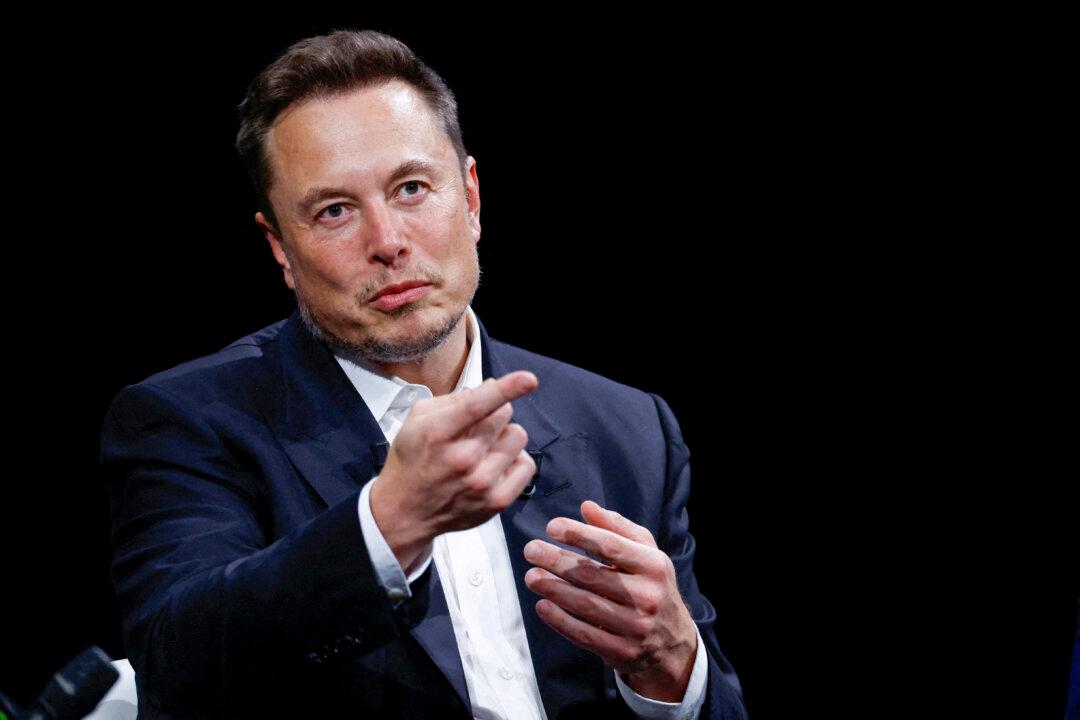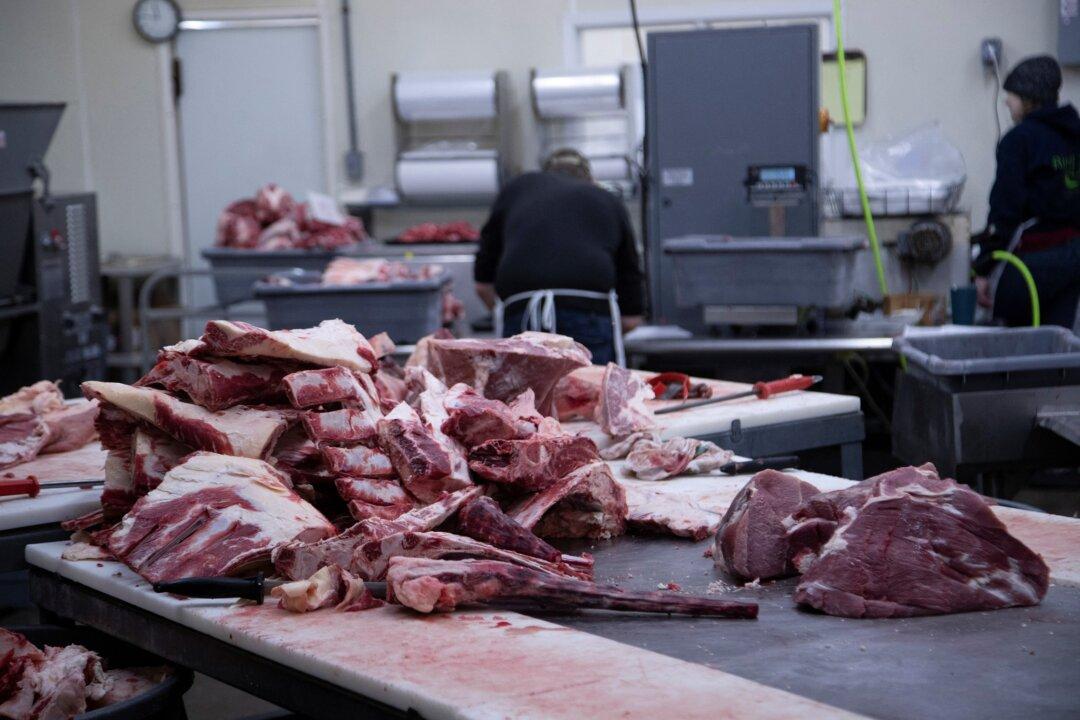SHANGHAI—A slump in commercial-vehicle demand led China’s automobile industry association on Monday to downgrade its sales forecast, as anti-pandemic measures weighed on the economy and its car market, the world’s largest.
The industry will sell 27 million cars this year, up 3 percent on 2021, the China Association of Automobile Manufacturers forecast, cutting its outlook from the 27.5 million sales and 5.4 percent growth it predicted in December.
Weak demand for commercial vehicles, such as buses and trucks, drove the downgrade, data from the association showed. It now expects a 16 percent fall in sales of commercial vehicles to 4 million units.
Overall growth of around 3 percent compares with the 4.4 percent achieved in 2021 and the 1.9 percent fall of 2020.
The auto sector has been hit hard in recent months amid rising COVID-19 cases. The Chinese regime has at times put many parts of the country, including Shanghai, under stringent lockdown.
Authorities have tried incentives to revive demand, with the central authorities last month halving purchase tax to 5 percent for cars priced at less than 300,000 yuan ($45,000) and with engines no larger than 2.0 liters.
Many policies have been aimed at encouraging sales of new-energy vehicles (NEVs). In May and June, some local authorities began offering subsidies for trade-ins of gasoline vehicles for electric cars.
Some cities have also expanded quotas on car ownership.
Such policies helped create an annual rise in sales seen in June, following four months that showed falls. The industry sold 2.5 million vehicles in June, up 23.8 percent on a year earlier, the association said.
But the incentives had hardly helped commercial-vehicle demand, which was awaiting recovery of activity in logistics and infrastructure, sectors that needed more state support, Xu Haidong, the association’s deputy chief engineer, said at Monday’s regular press conference.
June sales were also up 34.4 percent from May, with sales of NEVs—among them electric, plug-in petrol-electric hybrids, and hydrogen fuel-cell vehicles—climbing 129.2 percent from a year before.
While it cut its annual projection for overall sales, the association revised up its forecast for NEVs, saying 5.5 million units would probably be sold, up more than 56 percent and compared with last year’s 47 percent growth. Passenger car sales for the year would likely rise about 7 percent.
Although June sales were buoyant, there are concerns that demand will once again be hit as COVID-19 cases tick up with the arrival of the BA.5 Omicron subvariant in China and cities impose new restrictions.
China’s auto industry will also face persistent challenges of chip shortages and rising raw material costs, especially for electric-vehicle batteries, said Chen Shihua, deputy secretary-general of the association.





